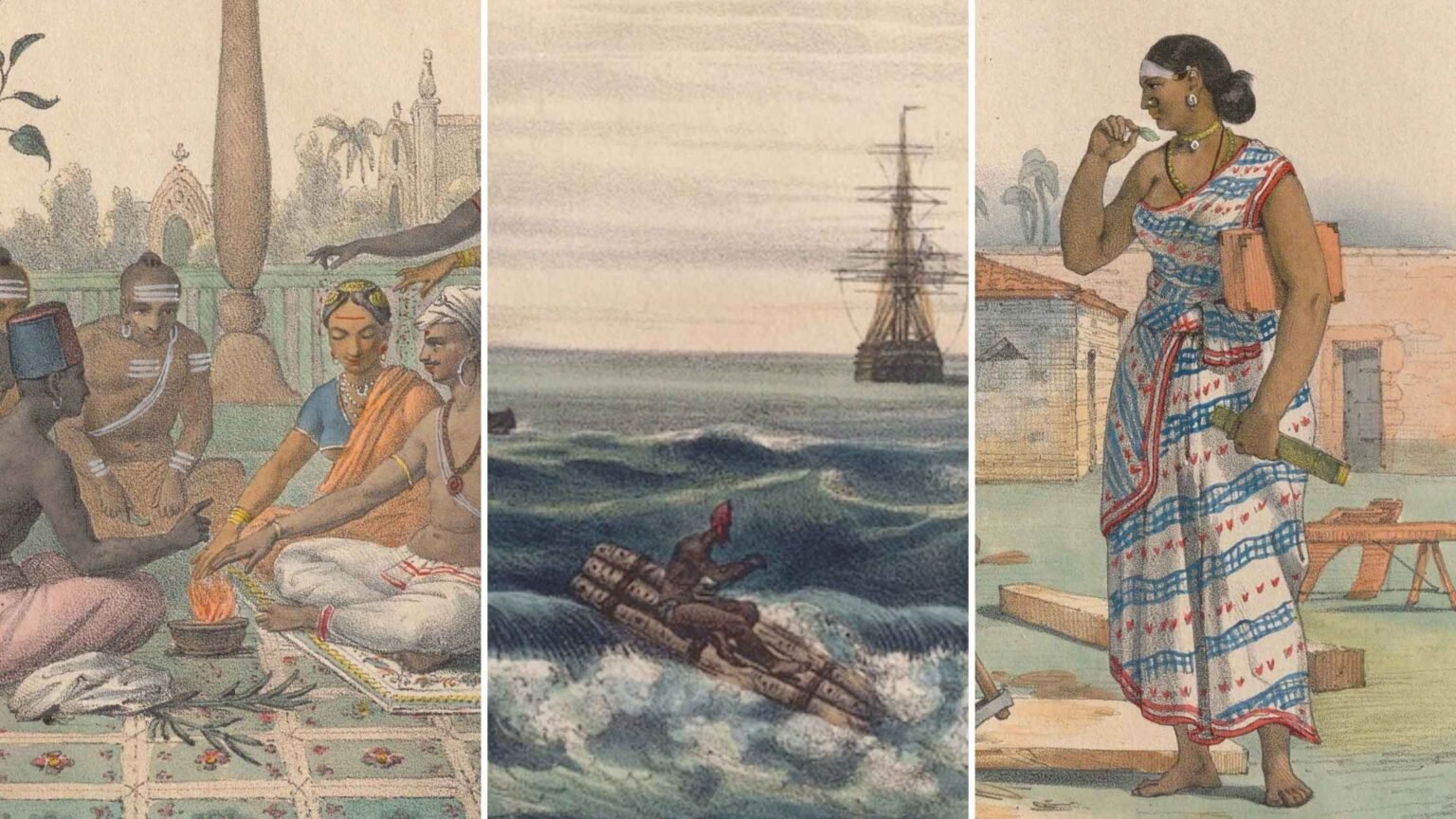India’s Colonial Paintings Unveiled: A Glimpse into Colonial Indian Art
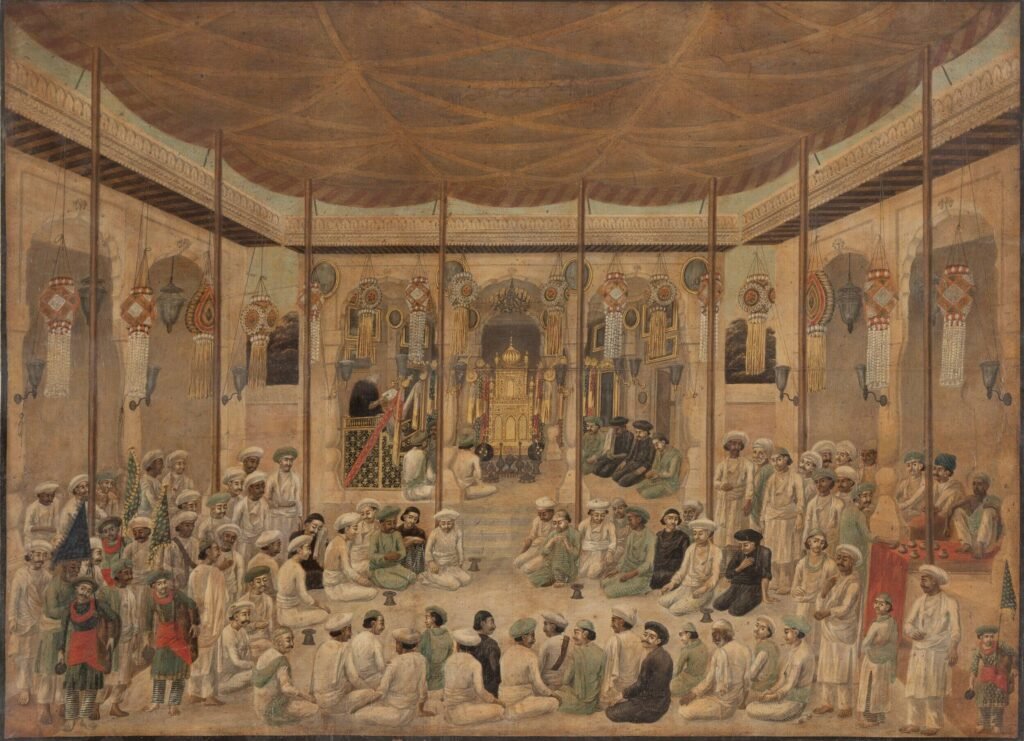
Colonial Indian art offers a vivid glimpse into a pivotal era of history, portraying India under British rule through the intricate work of talented Indian artists. Created between 1790 and 1835, this form of colonial Indian art captures diverse subjects—from detailed studies of flora and fauna to majestic architectural monuments and everyday social customs. Showcased in the largest exhibition of its kind, the collection features over 200 remarkable pieces, many by unnamed artists who blended traditional Mughal styles with European artistic techniques. This article explores how colonial Indian art reveals the complexities of India’s colonial history and its lasting cultural significance.
The Rise and Influence of Colonial Indian Art in the 18th Century

Founded in 1600, the English East India Company evolved from a trading enterprise into a dominant colonial power. By the late 18th century, company officials commissioned local Indian artists to create detailed visual records. These works, known as “Company Paintings,” blend traditional Indian styles with European realism. This unique fusion tells the story of India’s complex history during colonial times.
Categories of India’s Colonial Paintings: Natural History, Architecture, and Social Life
Natural History in Colonial Paintings
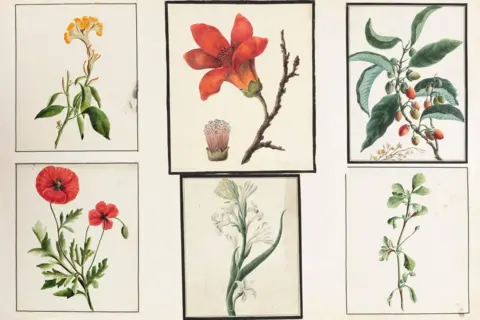
A significant portion of India’s colonial paintings focuses on detailed botanical and zoological studies. These works carefully depict the diverse plants and animals of India. They gave Europeans a rare look at the region’s exotic wildlife. Botanical watercolors from areas like Murshidabad and Maidapur show both scientific interest and the deep connection between local life and European fascination with India’s nature during colonial times.
Architectural Heritage Captured on Canvas
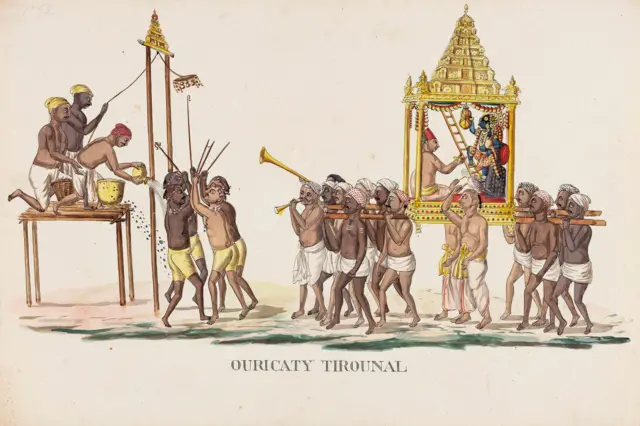
Before the invention of photography, paintings were the foremost medium used to document India’s architectural marvels. India’s colonial paintings vividly capture iconic Mughal monuments such as the Taj Mahal, Agra Fort, and the Dargah of Sheikh Salim Chishti at Fatehpur Sikri. These artworks helped preserve India’s architectural legacy. They also introduced European audiences to the rich history and culture of the country.
Depicting Indian Manners and Customs
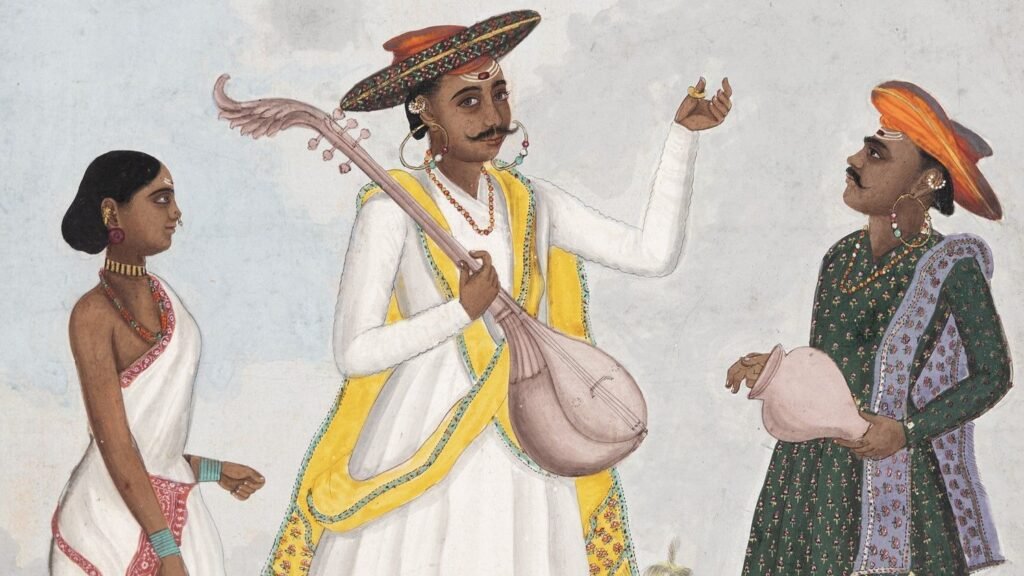
The third major theme in India’s colonial paintings is the detailed portrayal of daily life, rituals, and social customs. Artists captured a wide range of scenes. These included temple ceremonies, lively festive processions, and everyday jobs like snake charmers and toddy tappers. These vivid depictions provide valuable insights into the rich cultural diversity and traditions that flourished across India during the colonial era.
The Collaboration Between Indian Artists and European Patrons in Colonial Indian Art
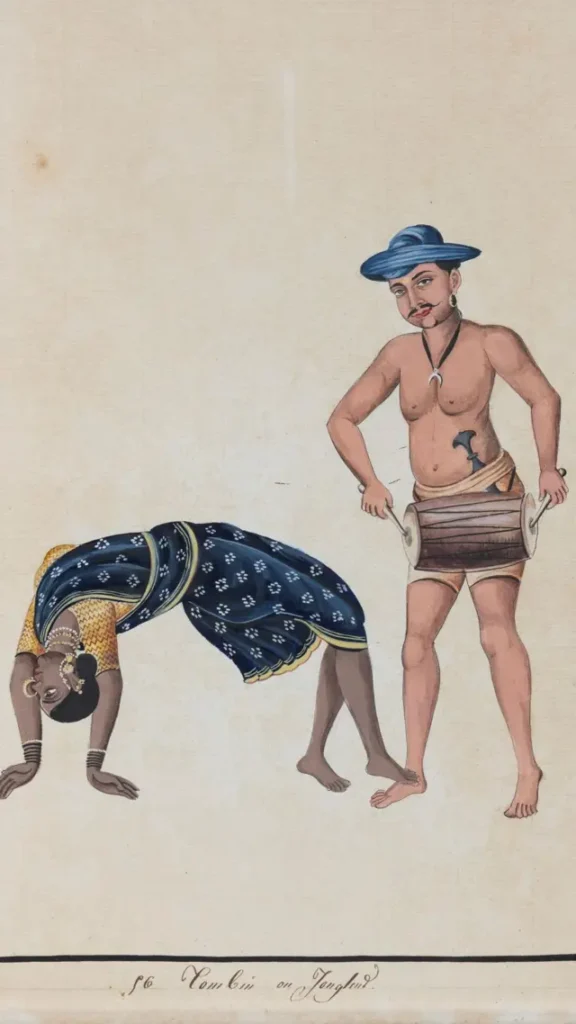
India’s colonial paintings were the product of a collaboration between European patrons and Indian artists. Many artists, trained in Mughal courts, adapted their skills to meet European demands for scientific accuracy and detailed realism. This partnership fostered a new art form that blended Mughal miniature techniques with European perspective and shading, marking the dawn of Indian modernism.
Regional Styles and Distinctive Voices in Colonial Indian Art
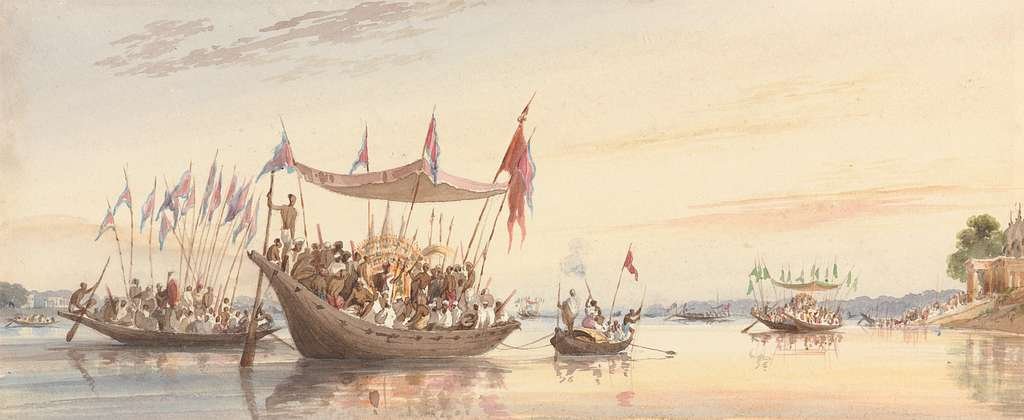
Different regions contributed distinct styles to India’s colonial paintings. For example, Tanjore artists from South India incorporated vivid colors and gold leaf to depict local figures and professions. In contrast, artists from Bengal and Pondicherry created detailed botanical and maritime scenes. These works reflected their local surroundings and historical contexts
The Legacy of India’s Colonial Paintings Today
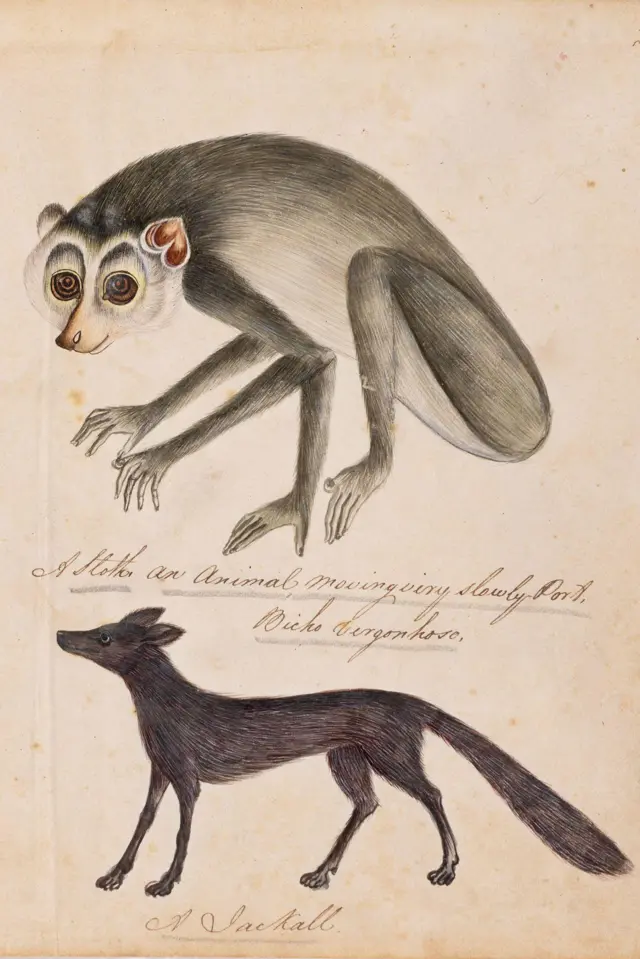
Today, these paintings serve as crucial historical documents, enriching our understanding of India’s colonial era. Exhibitions like “A Treasury of Life” preserve and celebrate this heritage, shedding light on the skilled artistry and cultural exchanges that defined the period. Scholars argue that India’s colonial paintings laid the foundation for modern Indian art, bridging tradition and innovation.
Appreciating India’s Colonial Paintings
India’s colonial paintings are far more than artistic relics; they are visual narratives that reveal the complex interactions between colonizers and the colonized. By exploring nature, architecture, and social customs, these artworks continue to educate and inspire, reminding us of a pivotal chapter in India’s history through the masterful work of its artists.
